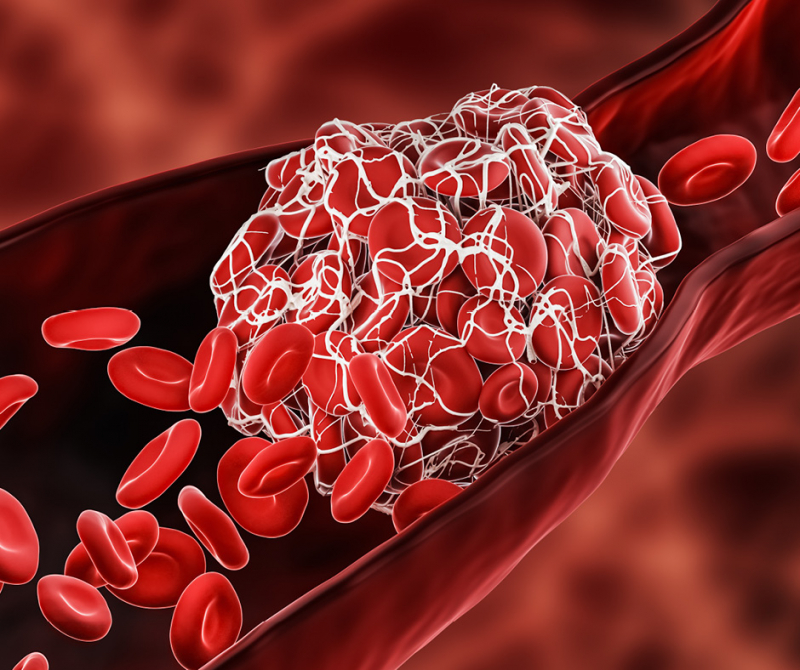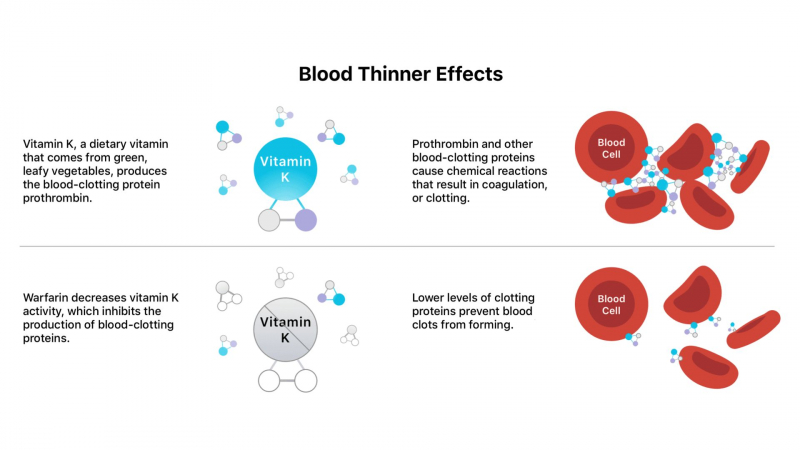Upsides

In people with nonvalvular atrial fibrillation (AF), it is used to reduce the risk of stroke and blood clot formation.
Also used to reduce the risk of deep vein thrombosis (DVT) (blood clots in the deep veins) after hip or knee replacement surgery.
Eliquis is also used to treat DVT and pulmonary embolism (PE) (where blood clots lodge in the lungs), as well as to reduce the risk of recurrent DVT and PE.
Regular blood tests are not required.
In 2018, andexanet alfa, an antidote, was approved. The actual risk of major bleeding, however, is low.
Dosing is easy to understand. Most people should take 5mg twice daily as directed. For those who possess at least two of these: If you are at least 80 years old, 60 kg or less, and have serum creatinine levels that are at least 1.5 mg/dL, you should take 2.5 mg twice daily.
The dosage is 2.5 mg twice daily beginning 12 to 24 hours after surgery when used to stop DVTs from occurring after hip or knee replacement surgery.
For those who are unable to swallow tablets whole, a suspension can be produced from the pills. Depending on the dosage, crush one tablet that is 2.5 mg or 5 mg, suspend it in water, apple juice, 5% dextrose in water, or a mixture of the two, and then give it to the patient within four hours.
Less likely than warfarin to interact with other drugs or foods; however, it does interact with some medicines.
Available as a generic under the name apixaban.








